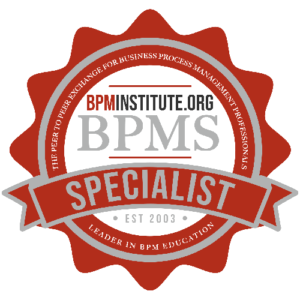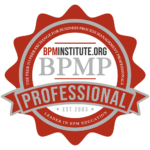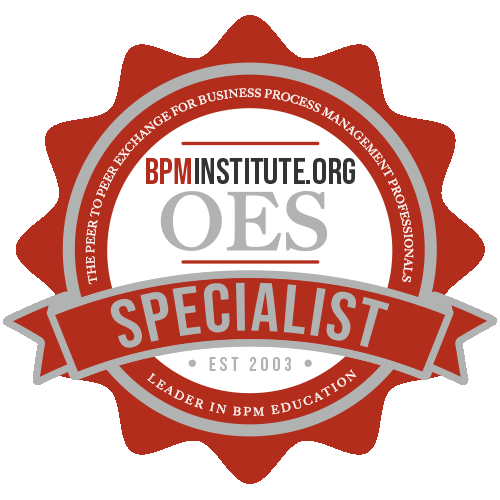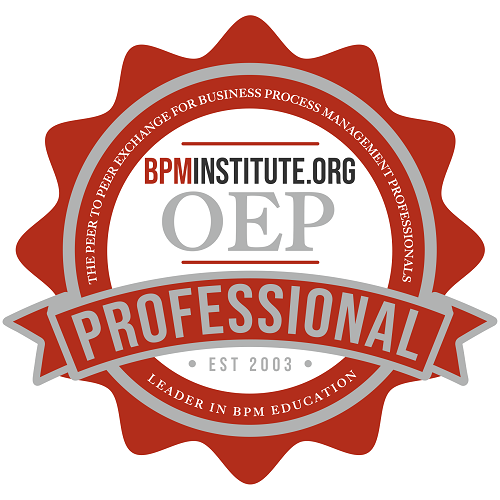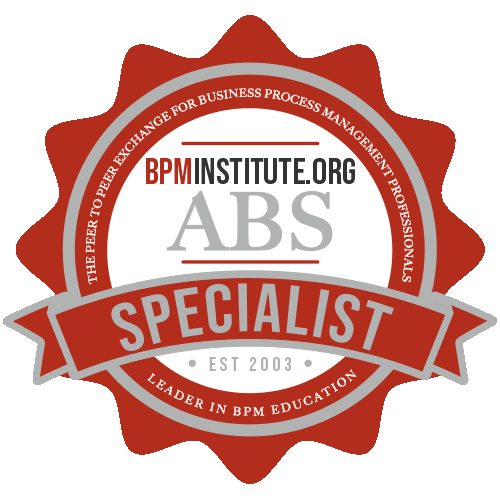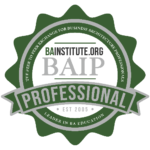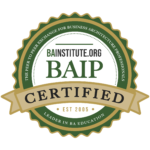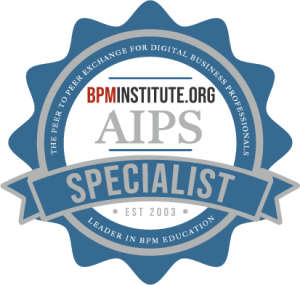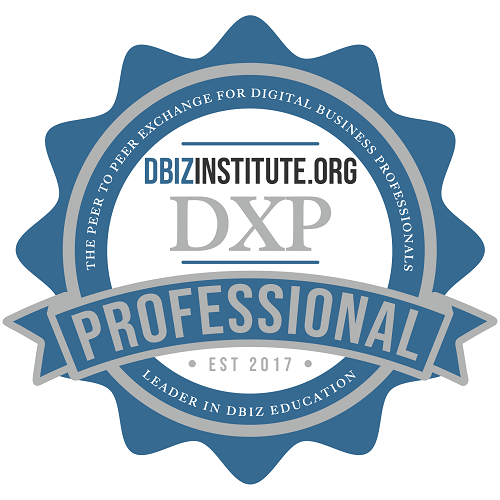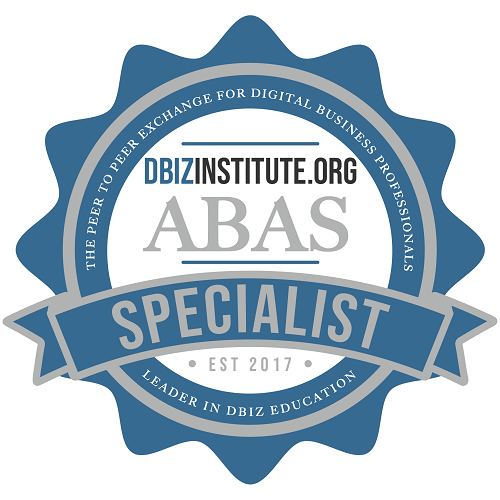BPM is touted as the technology that will finally bring business and IT together. Not that we haven’t tried to do this before. For instance, many people thought object orientation would do the trick since it tried to model the real world as closely as possible. Did it deliver? To a certain extent, but not quite. Primarily, it ended up as a productivity tool and paradigm for IT (with sometimes questionable success), not the ‘be all’ and ‘end all’ for modeling and executing business requirements.







